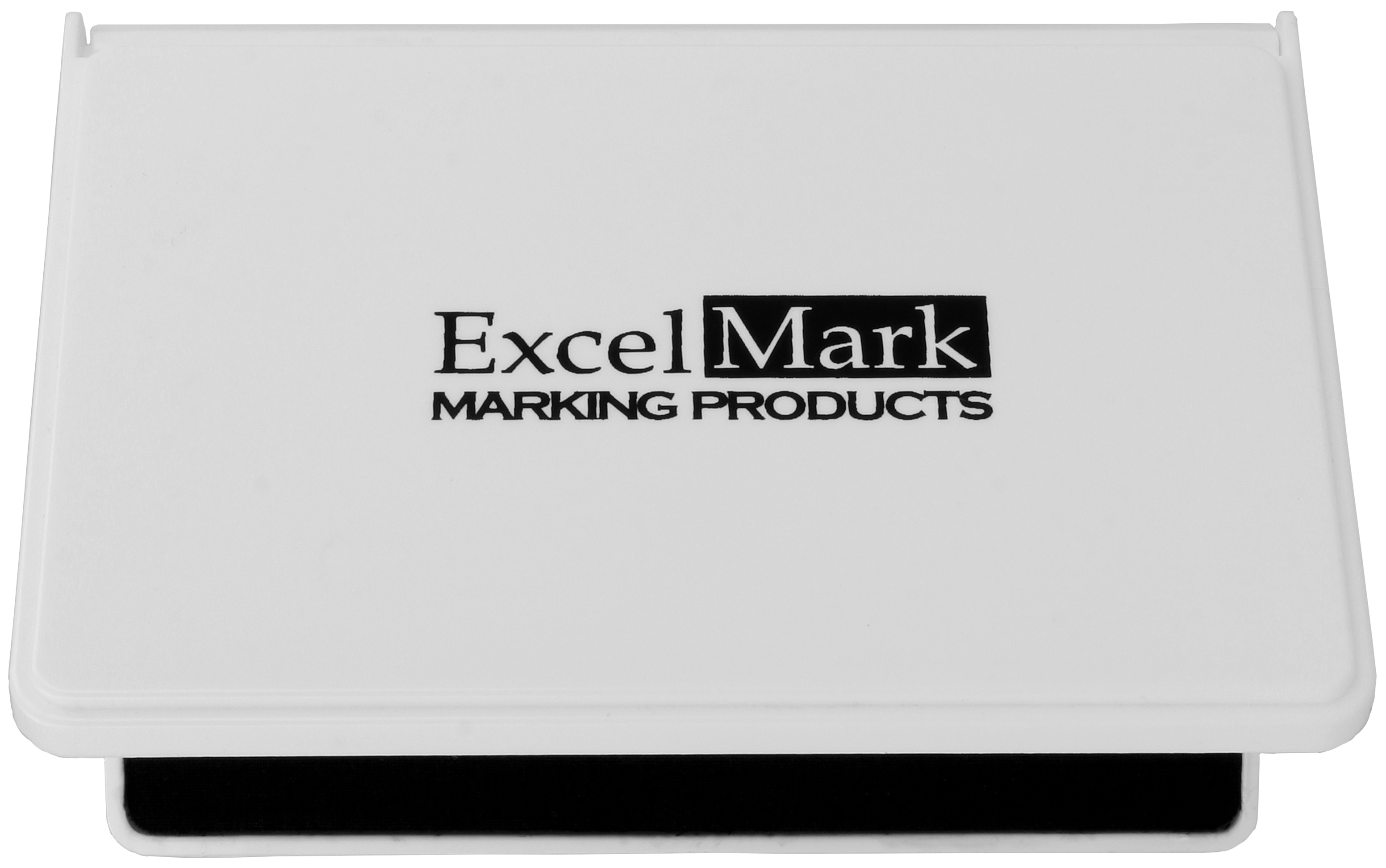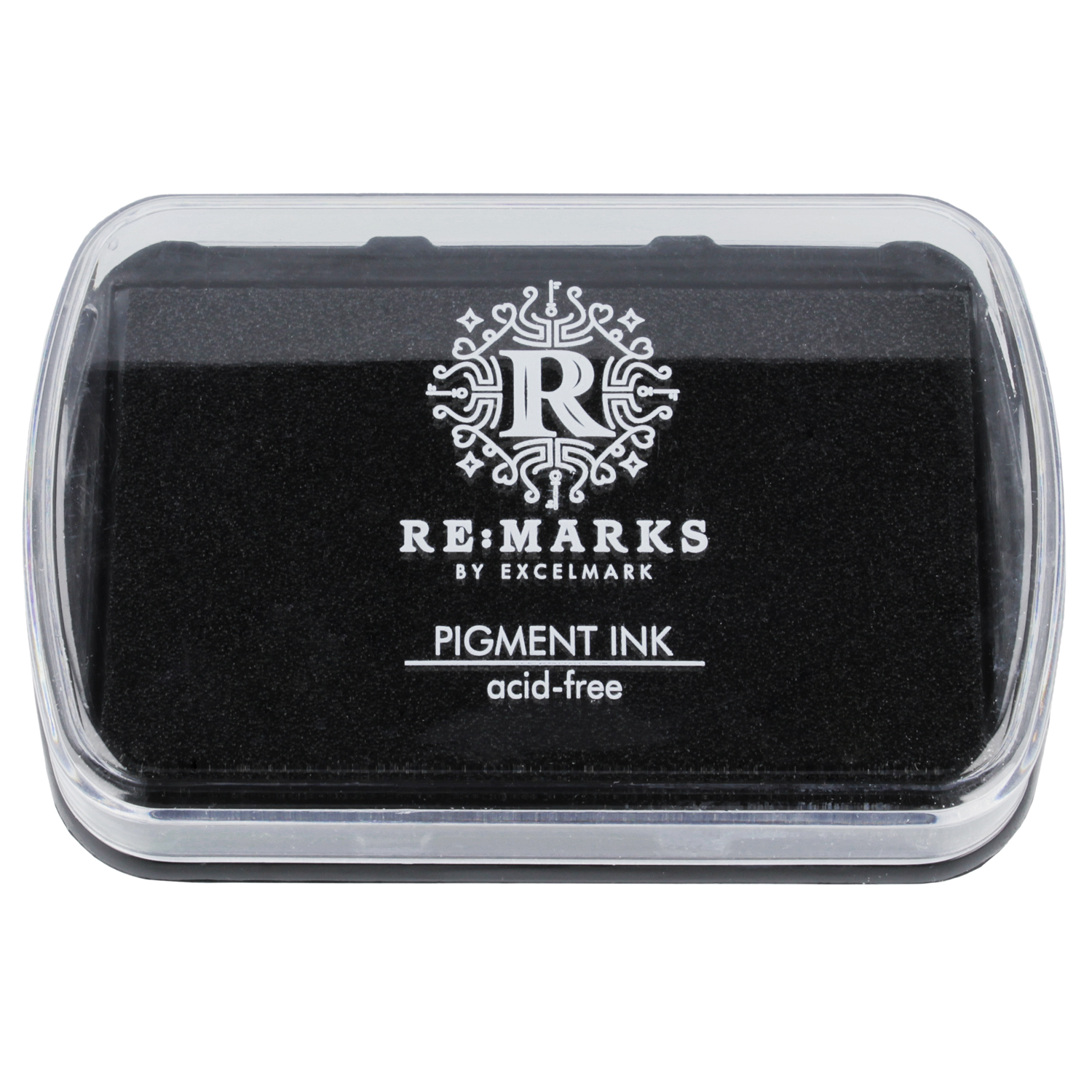Pigment vs Dye Ink PadsUpdated 3 years ago
Pigment Ink Pads
Pigment ink is ideal for projects that require rich colors and clearly defined lines. This type of ink is also known for being fade-resistant and water resistant, making it a good choice for projects that will be exposed to light or moisture. Pigment ink is also best for embossing and water-based mixed media projects like water coloring.
- When using pigment ink, be sure to use a paper that is designed to withstand water exposure or harsh handling.
- Use thicker paper to avoid bleeding and feathering.
- Take advantage of the unique properties and capabilities of pigment ink, such as layering the ink to create rich colors, using pigment ink to withstand water-based projects or use an embossing technique to create raised textures.
Dye Ink Pads
Dye ink is not waterproof making it perfect for projects that require blending, a good choice for creating gradients and color effects. Another benefit to dye ink is that it dry's very fast. Dye ink is typically less expensive than pigment ink, but it may not produce as saturated or detailed of a color.

- If you are using dye ink, be sure to work on a surface or paper that is properly prepared for water-based inks.
- Take advantage of the unique properties and capabilities of the ink, such as blending dye ink for beautiful gradients.
